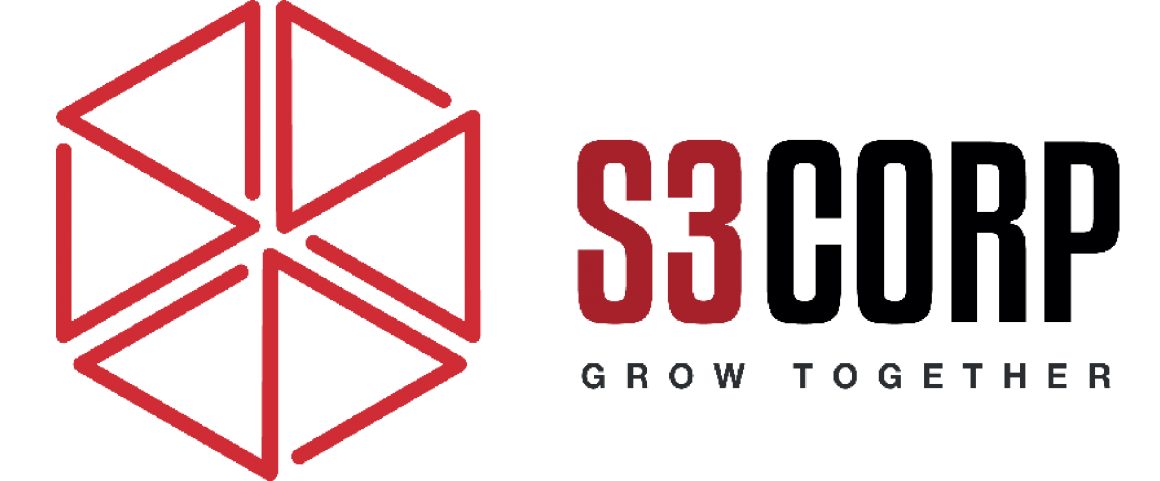Creating Excellence: A Deep Dive Into Quality Assurance (QA) and Quality Control (QC) In Software Development.
— April 29, 2024In the fast-paced world of software development, where creativity flourishes and utility reigns supreme, assuring quality is an absolute must. The article methodically dissects the vital responsibilities of Quality Assurance (QA) and Quality Control (QC), revealing their unique capabilities and how they collaborate to enable the production of extraordinary software products.
Quality assurance: A Proactive Shield.
QA incorporates a proactive mentality, methodically ensuring software quality throughout the development process. Consider QA to be a diligent sentinel, continually scanning for possible weaknesses. Its primary goal is to prevent flaws from entering the program in the first place, similar to a fortified wall protecting a kingdom.
Characteristics of a Strong QA Strategy
- QA focuses on establishing strong protocols and best practices to ensure quality throughout the development process.
- QA prioritizes preventative measures such as regular audits, training, and continuous process improvement to address problems before they occur.
- QA focuses on adhering to specified quality standards, ensuring the final product satisfies all criteria.
Tools and techniques. Employed by QA
- TestRail streamlines test case management and tracking for increased efficiency.
- Selenium automates testing methods, leading to more thorough and consistent testing.
- Standardization Definition: Clearly defines quality requirements to ensure uniformity and reduce ambiguity.
- Process Design: Improves development operations for higher quality results.
- Conduct regular process audits to check quality standards and identify opportunities for improvement.
The Benefits of a Clearly Defined QA Strategy
- Early identification and resolution of problems via QA reduces the need for expensive rework later in the development cycle.
- Proactive problem-solving promotes a smoother development process, resulting in speedier time-to-market.
- Enhanced User Experience: High-quality software leads to increased user satisfaction and client loyalty.
Limitations of Quality Assurance
- Establishing effective QA procedures requires an initial commitment of money, time, and training.
- Overly strict QA methods may stifle creativity and hinder growth if not properly balanced.
Quality Control: A Reactive Inspection.
QC, on the other hand, takes a reactive approach. It painstakingly evaluates the finished program, working as a quality inspector with a sharp eye for detail. QC guarantees that the program meets the stated standards and detects any remaining faults that may have eluded QA methods.
Key Features of Quality Control:
- Product-Centric Focus: QC tests and inspects the finished product to identify faults.
- Reactive Measures: Quality Control discovers and resolves problems to ensure software satisfies quality guidelines.
- Our testing methodology includes performance, usability, and functionality testing to provide a polished final result.
Tools and techniques used by QC
- Bug tracking tools, such as Bugzilla and JIRA, may help identify, assign, and resolve issues more efficiently.
- Manual testing involves thoroughly examining the software’s functionality to identify usability flaws.
- Automated testing improves speed and consistency while assuring thorough coverage.
- Regression testing ensures that new modifications do not have unforeseen repercussions and maintains program stability.
- QC methodologies, such as Six Sigma and Lean Production, provide an organized approach to quality control that promotes efficiency and effectiveness.
The Benefits of a Comprehensive Quality Control Strategy
- QC identifies and resolves problems that may have gone undetected via QA procedures, resulting in a more polished final product.
- - Improved software stability and integrity via rigorous testing, reducing the possibility of malfunctions in production situations.
- High-quality software builds trust and loyalty among consumers, resulting in a favorable brand image.
Limitations of QC
- Imperfect Detection: No quality assurance approach can ensure that software is completely defect-free. Even the most comprehensive testing may overlook edge situations or unexpected complications.
- Thorough testing may be time and resource-intensive, affecting project schedules and budgets.
Synergistic Power of QA and QC: A Unified Defense
While QA and QC are different procedures, their actual potential rests in their harmonic partnership. When properly coupled, they provide a strong quality management system that ensures software excellence throughout its lifespan.
Assume QA is the architect, methodically creating a design for a high-quality software structure. QC then evolves into a diligent construction inspector, thoroughly inspecting the completed structure to verify that it corresponds to the architect’s concept and satisfies all safety criteria.
Aligning QA and QC for Best Results
Here are some key ways for ensuring smooth communication between QA and QC:
- Establishing clear ownership and responsibility for QA and QC tasks reduces misunderstanding and promotes a smooth workflow.
- Maintain open communication channels between QA and QC teams. Sharing information about discovered problems and testing methodologies promotes a comprehensive knowledge of software quality.
- Integrating QC approaches, such as unit testing, early in the development lifecycle helps reduce the gap between QA and QC. This enables early discovery and correction of faults.
- Automating repetitive processes in QA and QC saves crucial time and resources for strategic quality efforts.
Quality Management: The unifying force
Quality management (QM) is the overall framework that combines QA and QC techniques. It promotes a quality-conscious culture across the organization, ensuring that quality concerns are integrated into all software development processes
Key Elements of Quality Management
Key elements of quality management include quality planning, which defines goals, assigns resources, and explains essential procedures to attain them.
- Quality assurance involves building and maintaining methods to prevent problems from occurring.
- Quality Control involves discovering and correcting flaws in the final product.
- Quality Improvement: Promotes continual improvement by evaluating and refining procedures.
The benefits of a robust quality management system.
Businesses may gain enormous advantages from using a thorough quality management system.
- High-quality software provides a better user experience, leading to increased customer satisfaction and loyalty.
- Proactive defect avoidance via QA reduces development costs by reducing the need for expensive rework later in the cycle.
- Improved Time-to-Market: Effective defect discovery and resolution speeds up development, resulting in speedier product launch.
- A quality management framework optimizes resource allocation to achieve high-quality outputs.
- Compliance with industry standards: Quality management concepts may help firms comply with industry standards and laws.
Conclusion: A commitment to quality.
In the ever-changing world of software development, where innovation reigns supreme, a firm commitment to quality is a constant difference. Businesses may build an excellence culture by using the combined power of QA and QC within a comprehensive quality management framework. This ensures the delivery of great software solutions that continually please their consumers. Remember, quality is not an afterthought; it is an essential component of the software development process, from conception to deployment. Businesses that prioritize quality from the start may enable their software to succeed in a competitive environment.
Embracing the Future: The Evolving Landscape of Quality and Assurance
The world of software development is continuously changing, and quality assurance and quality control procedures are no exception. Here, we’ll look at several noteworthy themes that are affecting the future of quality assurance and control:
- Automation enables QA and QC experts to concentrate on strategic objectives like as test case creation, edge case exploration, and collaboration with developers. Machine learning and artificial intelligence (AI) are set to play an ever larger role in automating particular areas of testing, therefore supplementing human skills.
- Security is a top priority in software development due to evolving cyber threats. QA and QC teams are aggressively incorporating security testing procedures into their processes to detect and mitigate issues early on. Security-oriented technologies and approaches are becoming more important in guaranteeing software resilience.
- Cloud-Based Advantage: Adapting QA and QC procedures for cloud-based development environments. Cloud-based testing tools and platforms provide increased scalability, flexibility, and collaboration capabilities, allowing for more effective quality management in the cloud.
- The rise of DevOps: The DevOps movement encourages cooperation between development and operations teams, resulting in a more holistic approach to quality. QA and QC specialists are increasingly collaborating with developers throughout the development process, including quality concerns into all stages of the DevOps pipeline.
- User Experience (UX) is now a top priority for QA and QC teams. Usability and performance testing are becoming more important in ensuring that software is not just functional but also easy and pleasurable to use.
By embracing these changing trends and constantly improving their approaches, QA and QC experts will be at the forefront of assuring software excellence in the next years.
In conclusion, this essay has thoroughly examined the complexities of Quality Assurance (QA) and Quality Control (QC), revealing their separate capabilities and synergistic potential in developing extraordinary software products. Businesses may foster a culture of excellence by creating a strong quality management system that incorporates QA and QC procedures, assuring the delivery of high-quality software that enables them to prosper in the ever-competitive software development environment. Remember that the tireless pursuit of excellent software is not a destination; it is an ongoing journey. By being nimble and responding to the changing context, QA and QC experts may act as guardians of excellence, ensuring the quality of software that forms our digital world.




